The 2018 edition of the annual NPE symposium took place on the 29th-30th of August. Researchers and Polar professionals from diverse Arctic countries met at the premises of the University of Lapland in Rovaniemi. Vivid discussions arose at the event around the topics of cultural and social sustainability and the myriad of resources located in the Arctic
Environment, society, economy, culture, politics and legal issues all become continually more relevant in the Arctic discourse over the past few years. The relevance growth is linked to other discourses, such as, sustainable development, climate change, urbanization, Arctic industries & investments, indigenous people’s rights and many more. The invited speakers of the 2018 NPE symposium cover plenty of these thematic areas in the framework of their professional work. While the presenters shared their results and experiences of diverse disciplines, the event followed a logic path and allowed all participants to widen their mind-set and find inspiration to possible new elements with respect to their work. The organizers of the symposium Marjo Lindroth and Heidi Sinevaara-Niskanen, both members of the Arctic Centre Northern Political Economy team, established a harmonious programme. Young scholars, as well as, more experienced ones, assembled at the event and institutes/universities from several Arctic countries were represented.
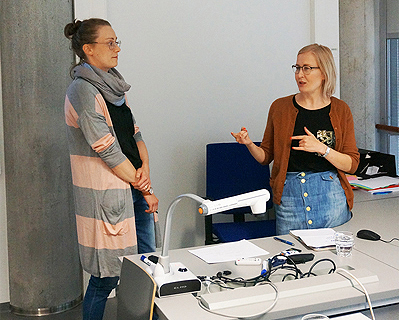
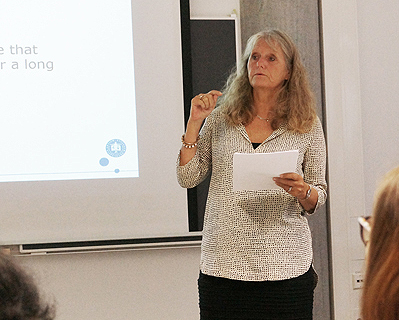
Keynote speaker Kirsten Thisted from the University of Copenhagen, Denmark highlighted in her presentation the case of “Greenlandic Exceptionalism” and went beyond the pressing topic of Greenland´s pursuit to gain independence from the Kingdom of Denmark. Thisted explained how Greenlanders perceive the notion of sustainability and how this developed since the 1960s. The indigenous communities learned from experience to use resources, but not exhausting these, so that future generations are still able to access them. Thisted highlighted the controversial ambition to mine uranium in Greenland that hardly coincides with traditional livelihoods, in Greenland particularly fishing. Mining enterprises take the position that sparsely populated areas have the least societal impact by doing uranium exploitation. However, even though the population of Greenland is small, the land is not uninhabited. These emotions and controversies were depicted well by the keynote speaker and NPE researchers linked it in the follow-up discussion to similar conflicts in the Nordic countries, for instance the Sami people and their pursuit to maintain land-use rights and the desire of ratification of ILO-Convention 169 in Finland and Sweden.
Cases from the United States and the Russian Federation where presented as well. Cara Condit (US Coast Center for Arctic Study & Policy) and Tony Gregg (US Coast Guard Academy) highlighted cases from every-day life in Alaska in the past and today. Situations of indigenous populations and settlers are element of their focus area. They showed several cases how municipalities in Alaska manage the distribution of ecosystem services, including hunting and fishing. These vivid examples depict the difference of every-day life in Alaska and the so-called lower 48 states in the United States. US laws that regulate hunting and utilisation of natural resources in the lower 48 states, for instance in Wisconsin, Pennsylvania or Texas might work there efficiently, but some of those laws do not make sense in the socio-economic context of Alaskan communities. Law enforcements of hunting quotas that had been established without consultation of local communities might lead to severe local social problems as communities depend on game as source for nutrition and other purposes.
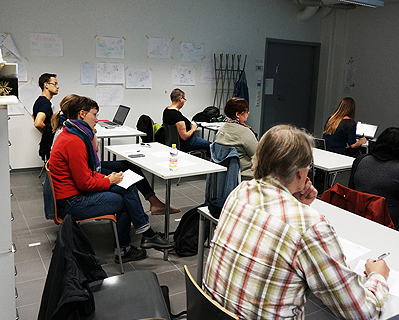
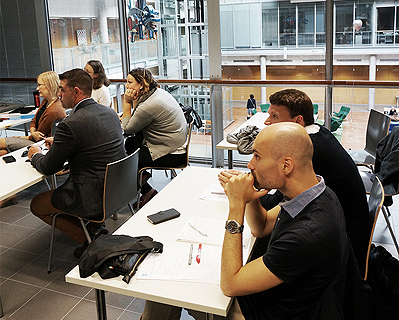
Several speakers put emphasis on the Russian Arctic. The presenters embraced the challenges of sustainable development in the Russian Arctic, linked to low life expectancies, poverty, mono-industry towns, natural resource exploitation, indigenous rights and history of the Russian North. The audience learned that in far-eastern Russian regions, just like Sakha and Chukotka are low unemployment rates, comparatively high incomes and decent life expectancies. On the opposite, people living in the European Russian Arctic and Sub-Arctic regions (Barents region) face high unemployment rates. In the Republic of Karelia and the Arkhangelsk Oblast life expectancies are continuously very low. Russia initiates and revises several programmes for economic development in the Russian North, backing and strengthening predominantly the natural resource sectors (oil, gas & mining).
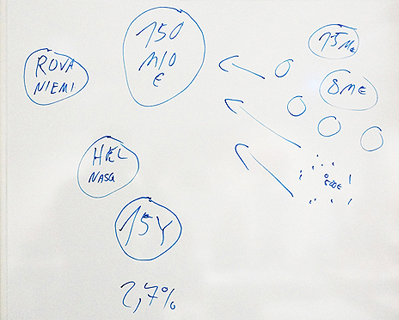
To give the non-local participants a conception about the history and developments of Rovaniemi, the thematic contribution of NPE research group leader Monica Tennberg provided plenty of information. Her recent research focus lays amongst others on the city of Rovaniemi and its history, memories and cultural identity. She explained why Rovaniemi is lacking signs of its past, how this is perceived in the local population and which role city planning in the past and today plays in this context. Further topics in the two days event allowed a glance on Arctic resources from different angles and viewpoints. For example the issuances of postage stamps in Finnish Lapland reflect societal and cultural developments in the region as Kari Alenius (University of Oulu, Finland) concluded in his presentation. Lapland rivers as resource and risk, indigenous rights of diverse Sami populations, a Bangladesh-Arctic comparison in terms of climate change impacts, local resources in regional development and Arctic investments that allow to raise capital for “green” projects were point of discussion as well.
Overall, the 2018 edition of the NPE symposium had been an event that allowed every participant to learn unobvious matters in the Arctic, to share knowledge and to do networking. Participants could receive inspirations linked to their own thematic areas and at the same time getting new insights what is continuing in the Arctic, what is not moving forward and what is standing on the edge.
Text by Adrian Braun; Pictures by Joonas Vola